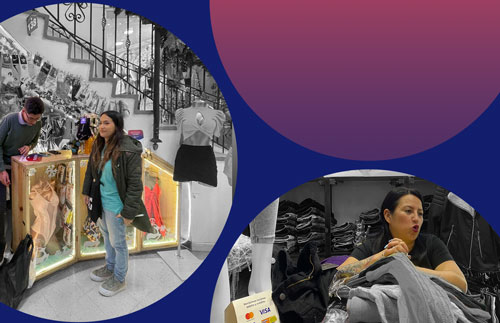Uncovering the Hidden Bias
How Credit Lending Algorithms May Be Unfairly Treating Women
As machine learning becomes increasingly prevalent in our interactions, I became curious about the potential for these hidden forces to contribute to gender inequalities. Having worked as a designer for financial services, I am interested in exploring the role of credit in women's lives.

The System

To gain a deeper understanding of how gender inequality may be perpetuated through machine learning in credit lending, I researched the issue. I then created a visualization to illustrate how machine learning impacts the determination of creditworthiness for women.
"Gender is just one piece of data collected by the machine. Other factors such as historical earning data, household composition, education, and additional payment history have more weight in the creditworthiness assessment."

Data Scientist | Colombian Financial Institution
Although credit lending algorithms do not intend to discriminate against women, the data they use for evaluation tends to exclude them.
This research process helped me understand how important it is to spread the word about the problem and find creative ways to raise awareness. In fact, for some financial institutions, women are better payers than men. But other factors, such as income, continuous job opportunities and historical data records, privileged men.

5
Data Scientist Interviewed

8
Experiences in Colombian's intitutions

12
Research papers reviewed bias in data.
Credits (2021)
Dana Duarte | Design Researcher
Selected Works

Bold - Super App DesignStrategic Design

Northwell Healthcare - Design StrategyService Design

Bias in Credit Lending AlgorithmsUX Research

Spark | Inclusion at the workplaceBusiness Design

Banking App RedesignUX Strategy

PayU DevelopersDocumentation and communication